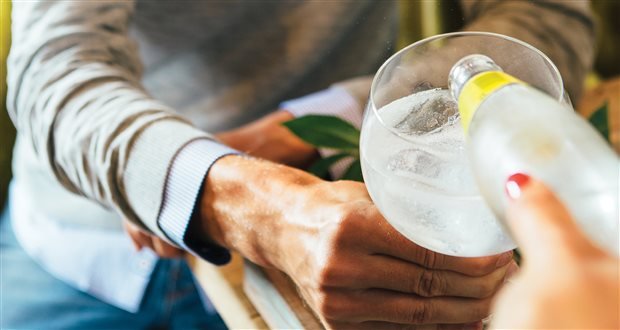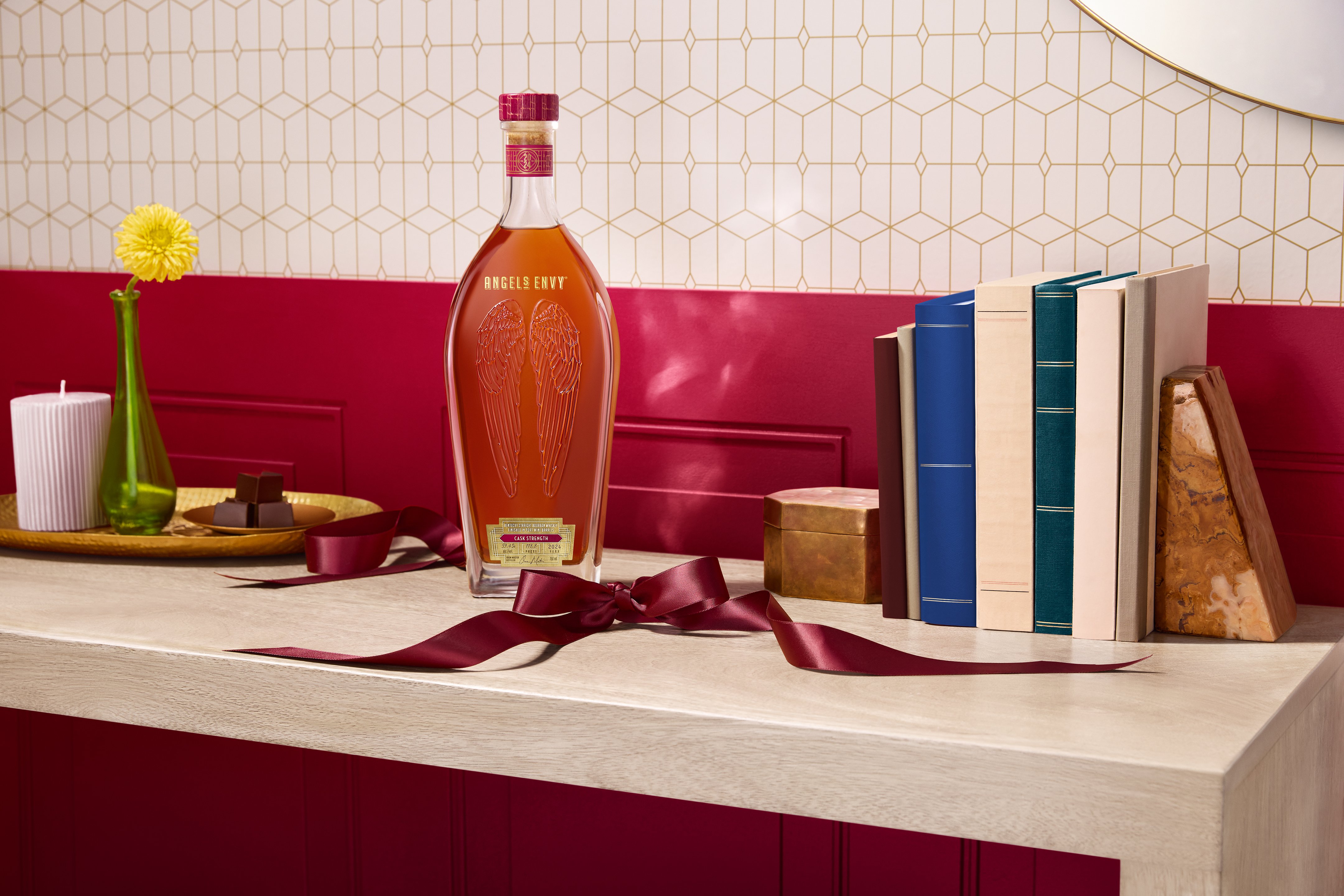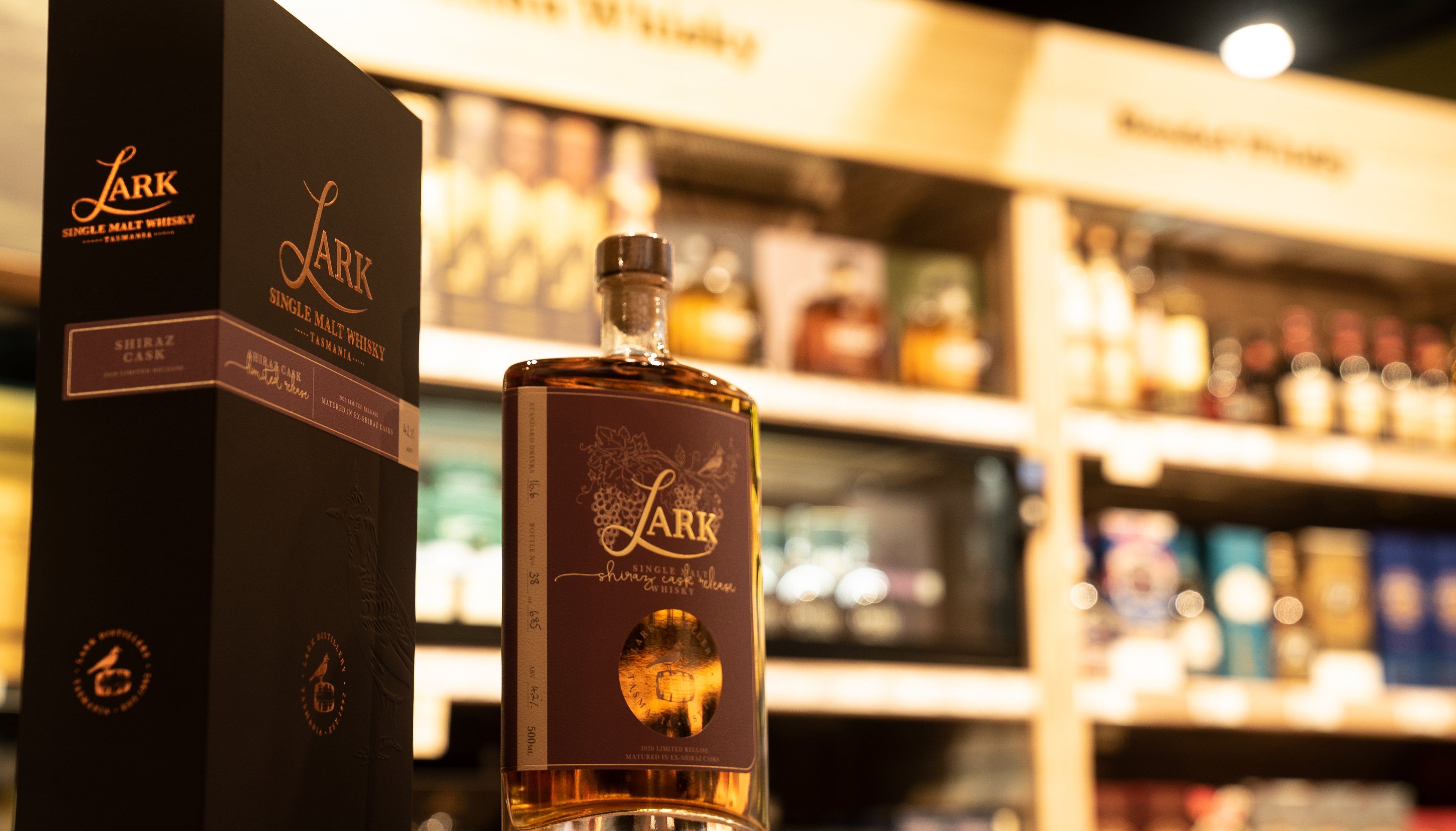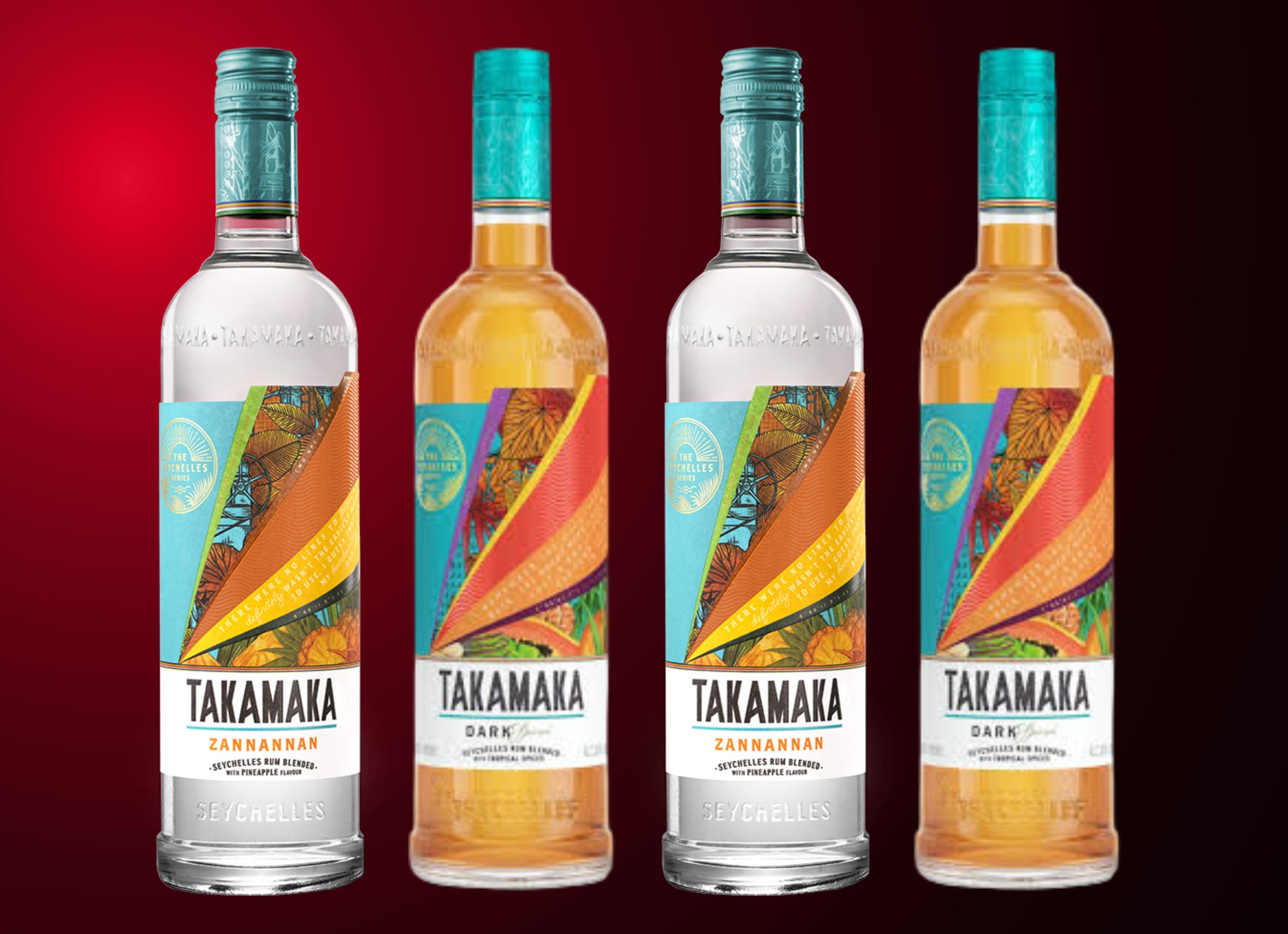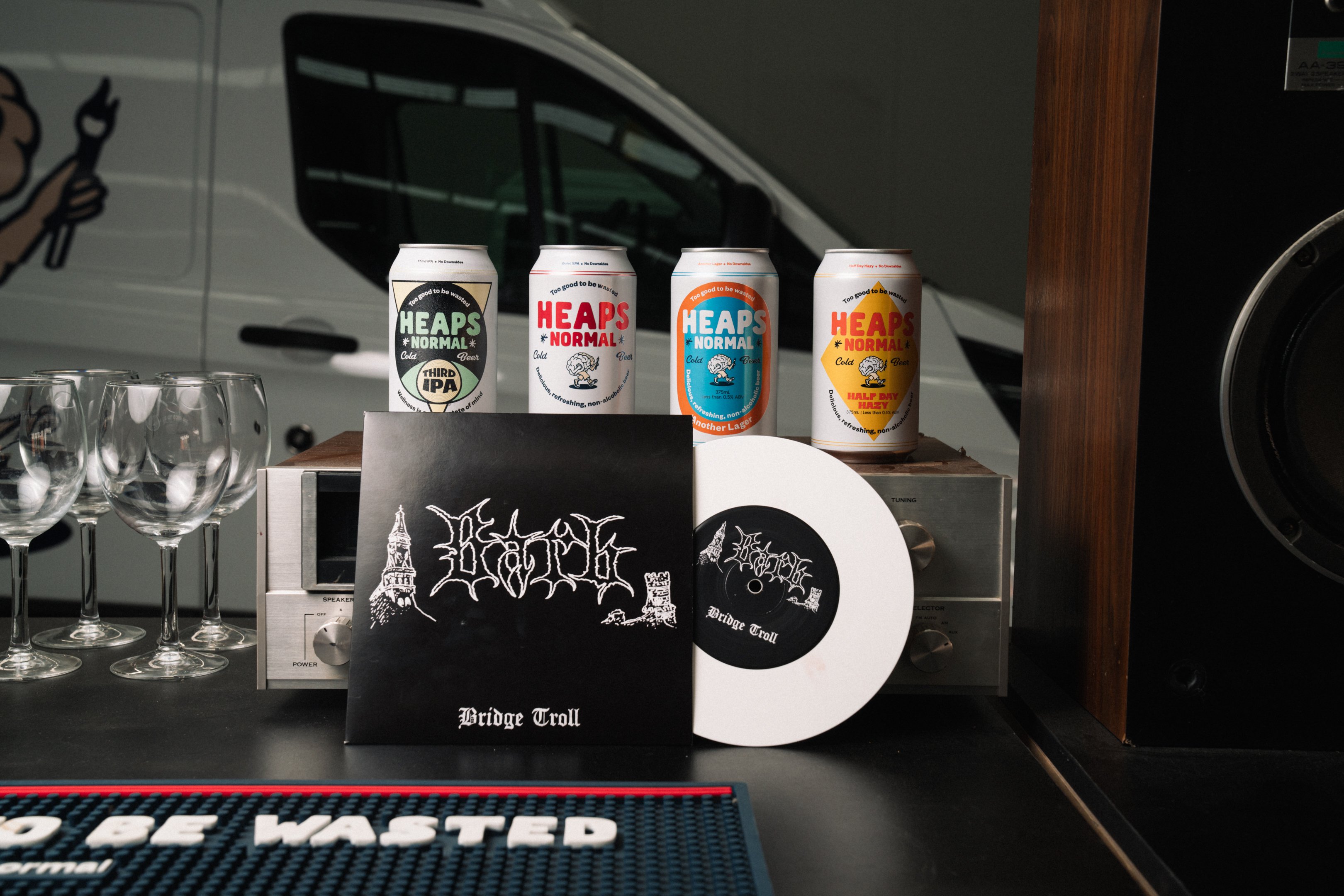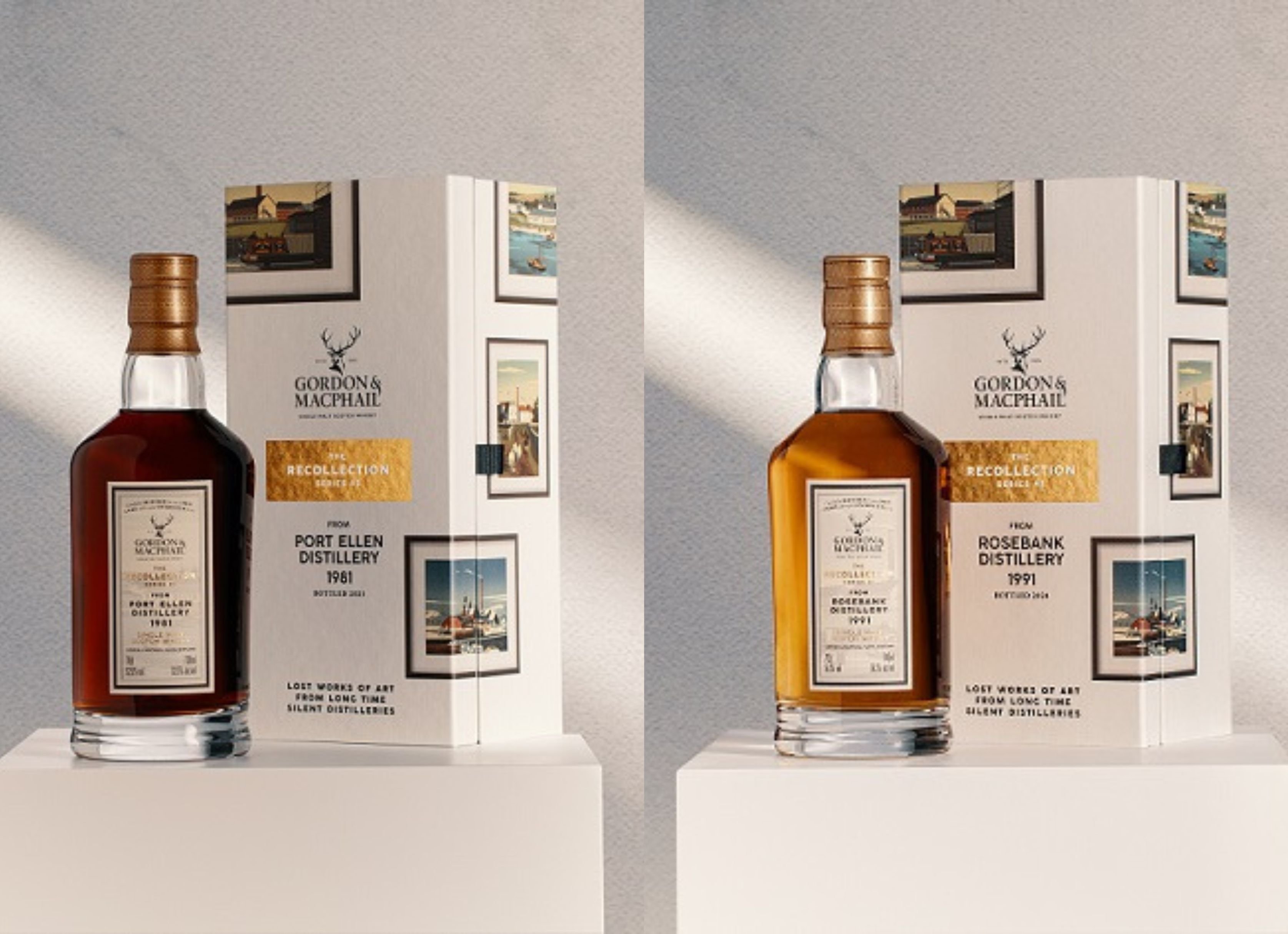Gin has been a buzzword over the last couple of years, and now with distillers taking on the evolving chameleon in our own backyard, we look to how they’re influencing the category and their position against international brand sales.
The Australian Distillers Association (ADA) estimates that there are now around 60-80 local producers of gin, with 15-20 of those considered as ‘serious’ players.
That number is something worth thinking about considering there
Part of the argument for why so many have jumped on board the gin bandwagon is because it’s a relatively inexpensive and quick spirit to make, but the rise in
Australian distillers have further explored the use of native botanicals to create
Gin is still one of the fastest growing spirits here; in the last
But here comes the real surprise – when it comes to Australian versus imported gin, the latter still makes up for almost all gin consumption in Australia.
Among the top global brands are London dry gins (LDG), made using one of the most practised styles and arguably still the most popular. Characterised by its juniper-forward flavour, the London dry style has largely defined what many of us think of as gin.
Bombay Sapphire is one such example that’s been around since the 1980s and is the leading premium gin brand by value and growth internationally.
It is made in the London dry style, using a unique combination of ten botanicals and a proprietary vapour infusion process. This process makes the flavours
Bombay Sapphire Global Ambassador Raj Nagra said this flavour and character also “lends well to drinks like the gin & tonic, which is how 70 per cent of Australians drink their gin currently.”

Even Australian distillers have modelled their learnings on the West and are reticent to move away from the core botanicals like juniper and citrus that consumers know and love from LDGs.
Stu Gregor, co-owner of Four Pillars and President of ADA thinks it’s important that juniper remains an essential ingredient in gin.
“London dry gins are often a starting point for consumers and I think for gin to be gin it has to have a genuine canvas of juniper, otherwise it’s just a flavoured white spirit. It’s also what makes gin a great base spirit.”
Angove Family Winemakers, one of Australia’s oldest craft distillers, released its organic Blind Tiger Gin in 2015 and chose to follow a London dry style, believing it lends better to a wider variety of drinks.
Marketing Manager Matt
“A lot of the exotic blends that are out there, we
Nick’s Wine Merchants is a Melbourne-based and online bottle shop and claims to retail Australia’s largest collection of gin. Co-owner Yuri Chlebnikowski says most of the Australian gins he sees still feature juniper, but are more contemporary in their style in the sense that they let the botanical take a back seat.
“The more progressive styles are then also using native botanicals in the
In terms of how much space Australian and imported gins should take up on your shelves, Stu and Yuri both believe a balanced mix keeps consumers interested.
To continue reading, turn to page 29 in the latest issue of drinks trade. Available here.
Share the content
